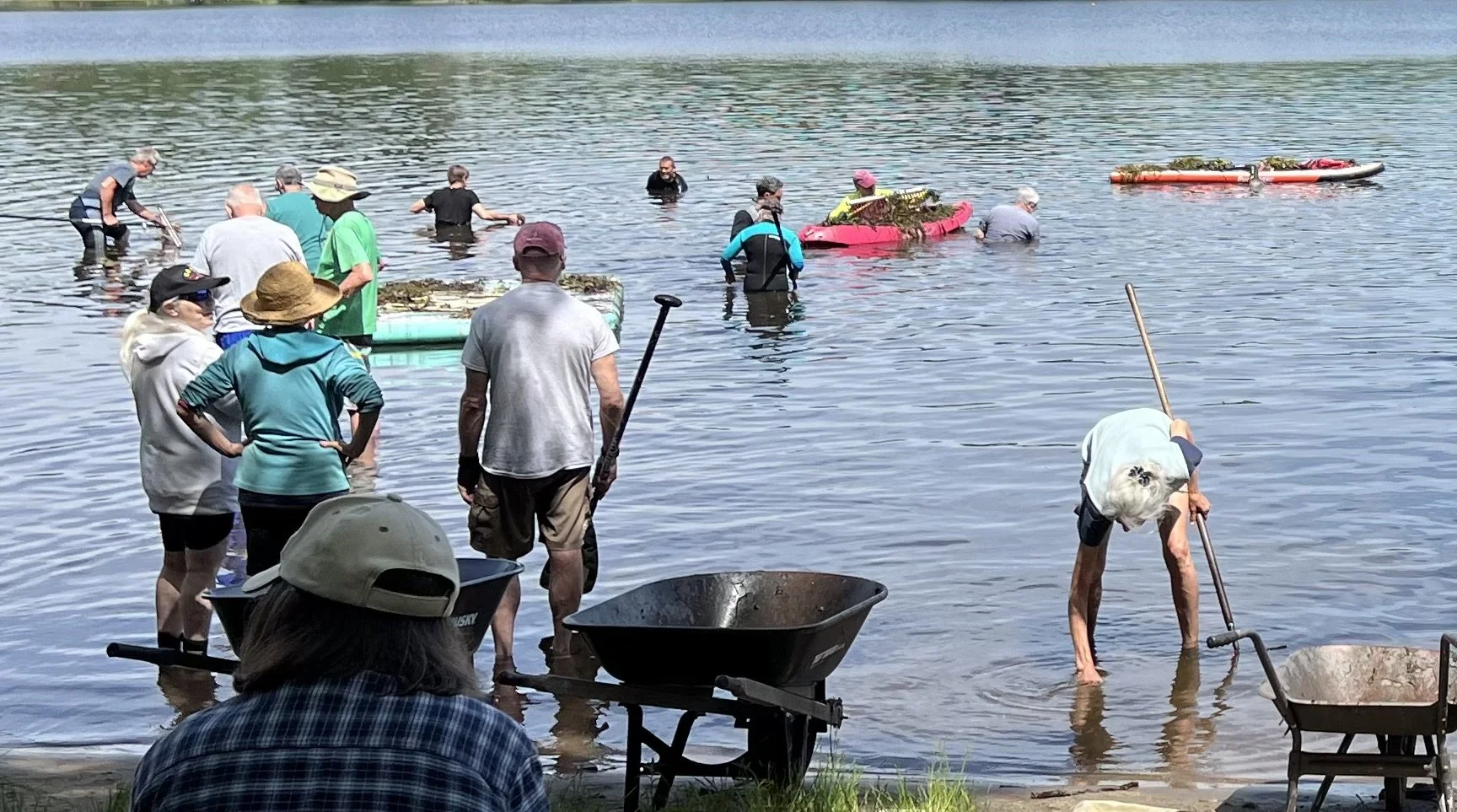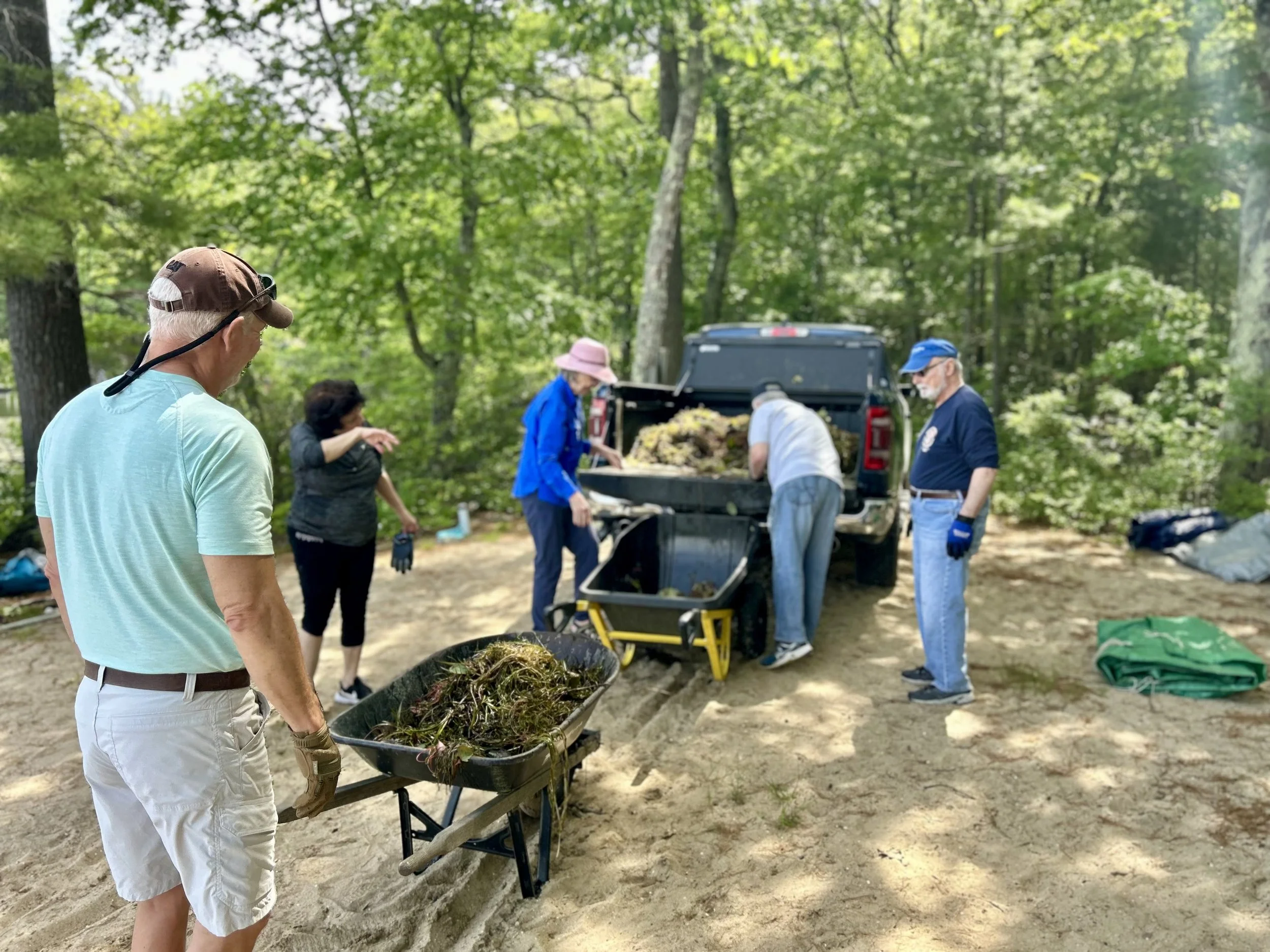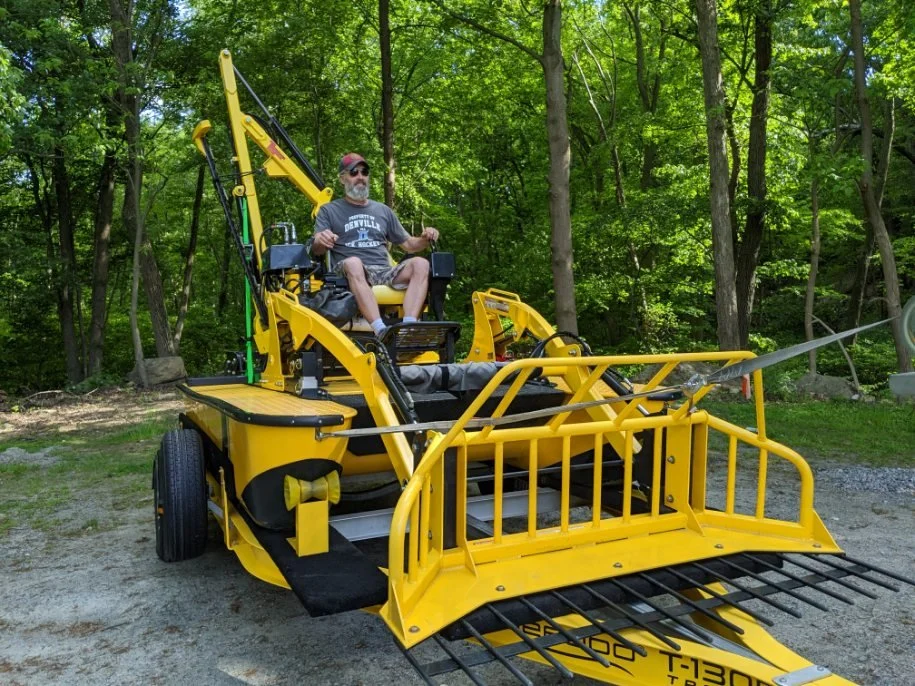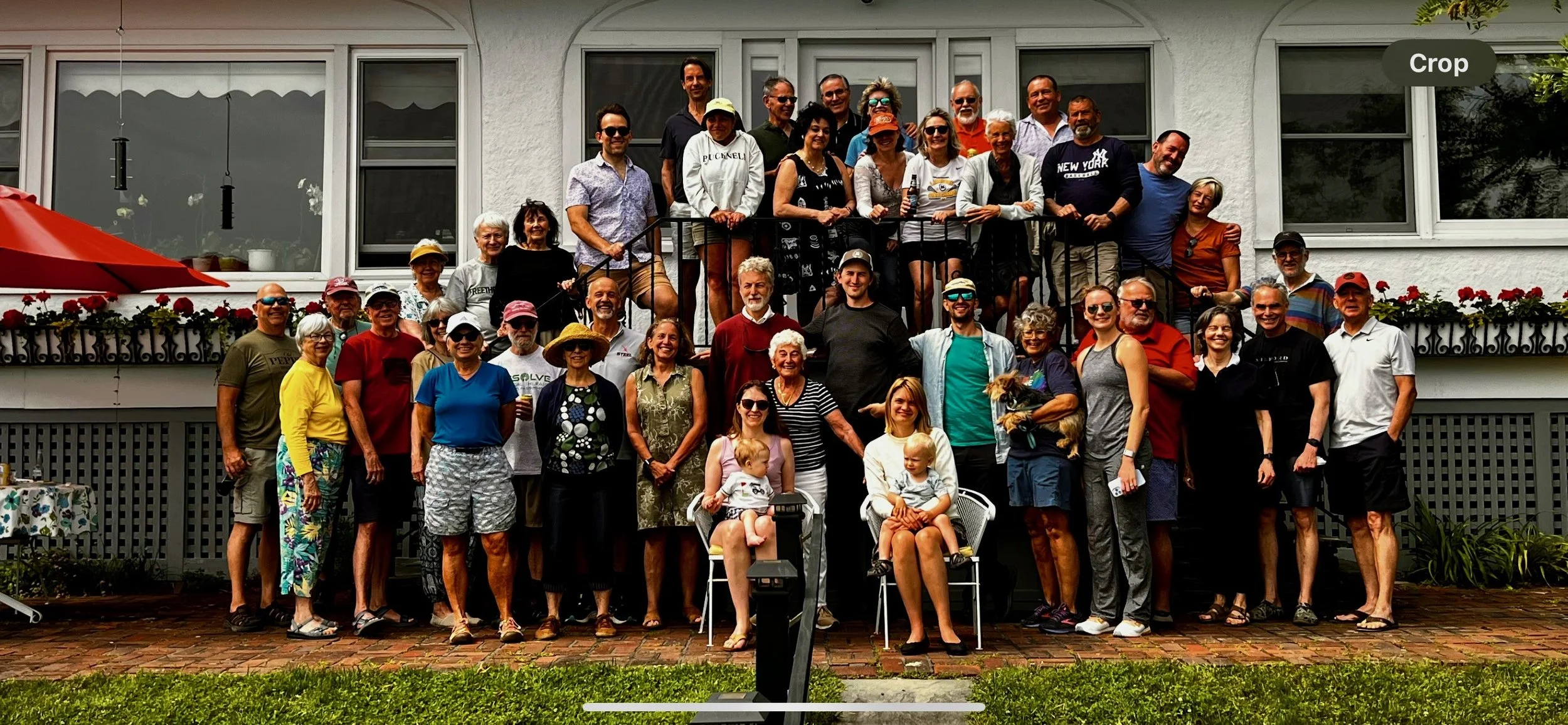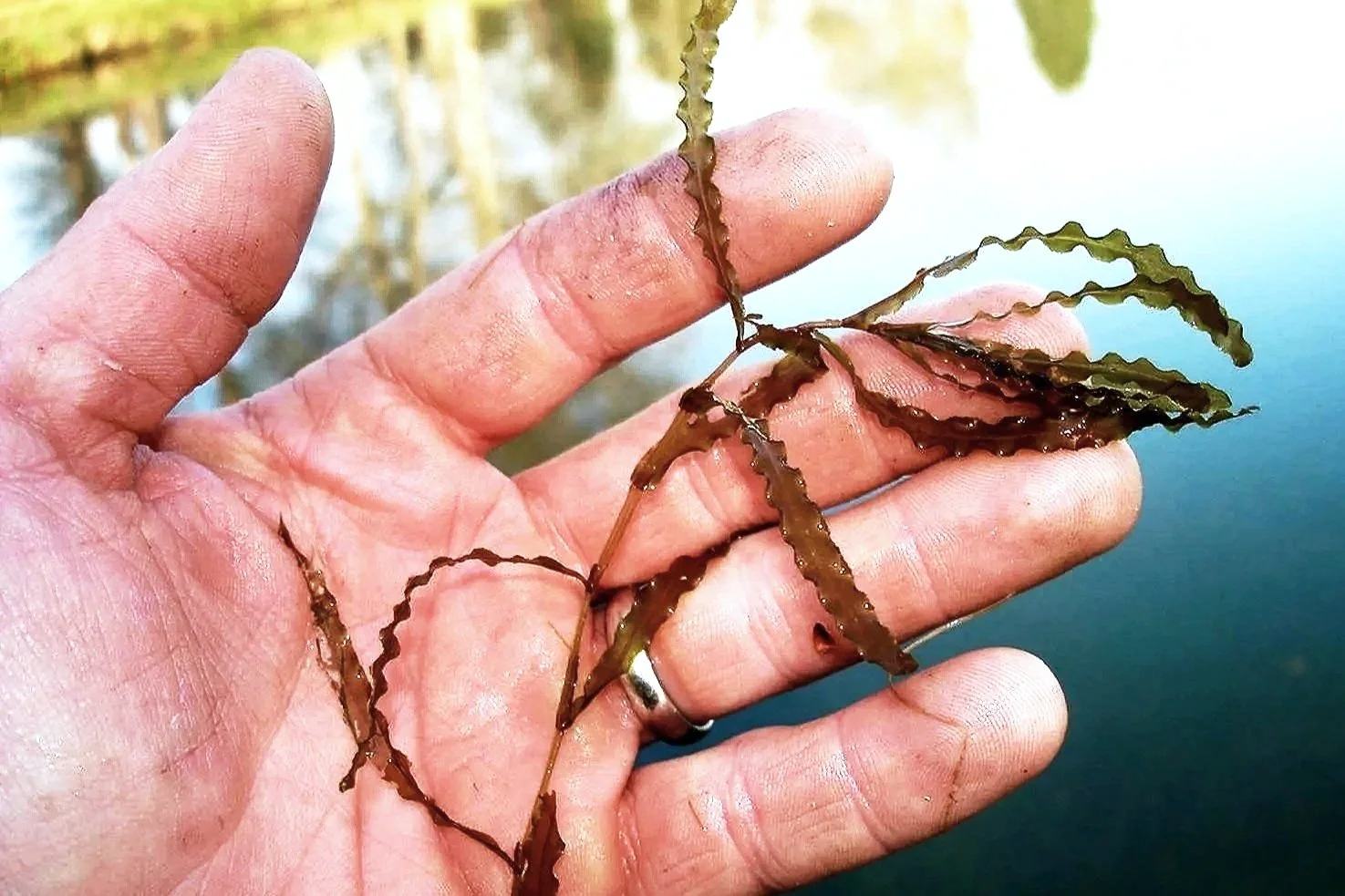
Curly Leaf Pondweed Management & Response Resource Guide
Welcome to the Twin Lakes CLPW Management & Response guide
A hands-on, community-powered guide to protecting our lakes from curly-leaf pondweed (CLPW). Whether you're here to learn, report, or lend a hand, this site offers practical tools, seasonal updates, and neighbor-to-neighbor support. Built by TLPOA and TLWQC with input from across our lake communities, the guide reflects our shared commitment to ecological health, transparency, and inclusive stewardship—both at the lakefront and across the broader Twin Lakes watershed.
Our Response to CLPW
CLPW is one of the most persistent aquatic invasives in Pennsylvania. It impacts swimming, paddling, water clarity, shoreline habitat, and the health of native plants. It spreads early, fades late, and competes aggressively with more desirable aquatic life, posing a serious challenge for communities across the region.
Many places rely on chemical treatments to manage CLPW, but those solutions can disrupt native ecosystems, limit community involvement, and require ongoing external control.
At Twin Lakes, based on overwhelming feedback from all of the associated communities, we've chosen a different path. Rather than chemical intervention, the Twin Lakes Property Owners Association (TLPOA) and Water Quality Committee (TLWQC), in conjunction with representatives from most of the surrounding communities, have built a hands-on, community-powered response.
Managing CLPW Together: A Growing Community Effort
Over 100 residents have joined in—from shoreline monitoring to safe removal and education. TLPOA and TLWQC have led this response from the start, coordinating hands-on stewardship and building trust across our lake communities.
Through this work, we’ve learned that the only sustainable path forward is one where every resident sees themselves as part of the solution. Not everyone can participate directly—and that’s okay. But the invitation is always open, and the steps must be clear, doable, and neighbor-supported.
That’s why we’re building the CLPW Toolkit: a practical resource with seasonal tips, removal techniques, safety guidance, and ways to ask for help. Whether you’re ready to dive in or just getting familiar, the guide is designed to meet you where you are—and grow with the community.
Sharing What Works
By sharing this approach, we hope to serve as a replicable model for non-chemical, community-led invasive species management —
one that empowers residents, protects native ecosystems, and strengthens local stewardship across the watershed.
What’s Ahead & How to Stay Involved
Looking for updates on 2024 and 2025 activity? Explore the latest efforts and plans:
Because this is a community effort, the Guide and Toolkit will evolve. You’re invited to share your questions, ideas, and notes through the Community Bulletin Board (under construction) or by messaging your TLWQC representative
The Overall Toolkit is under construction and will be developed over the next few months. Key elements will include:
-
CLPW TOOL KIT
Click Below

-
MESSAGE BOARD
UNDER CONSTRUCTION

-
CLPW REPORTING FORM
UNDER CONSTRUCTION

